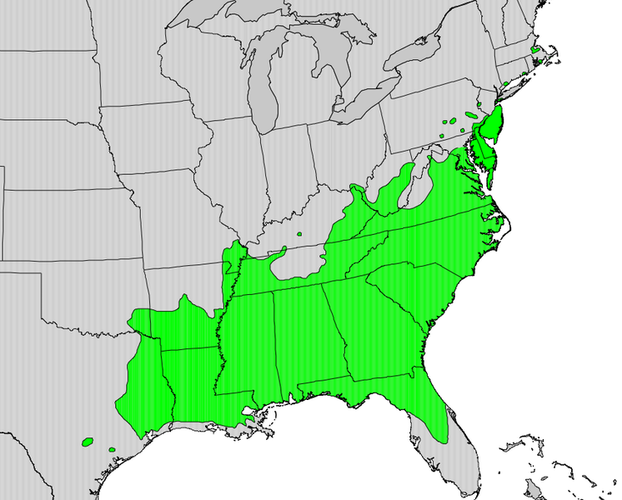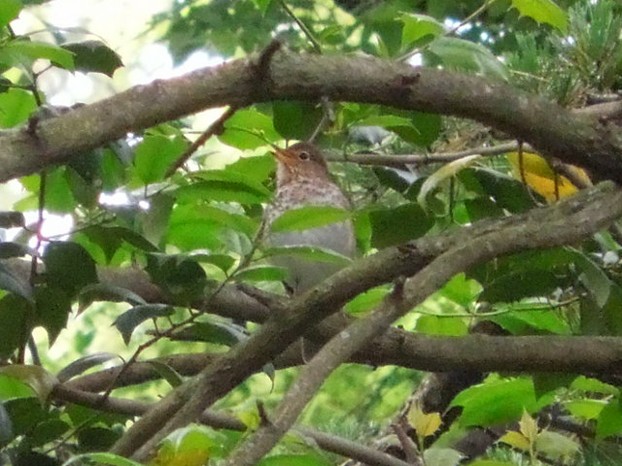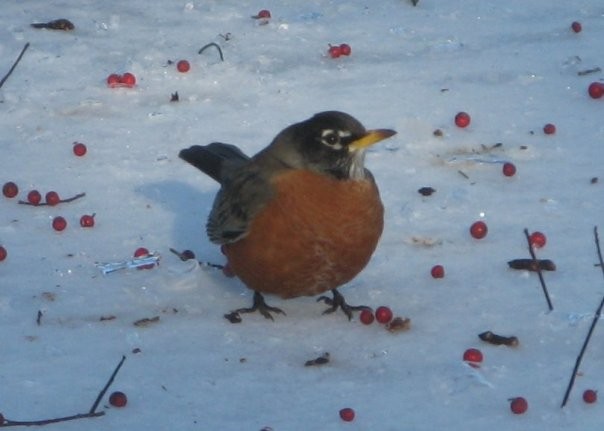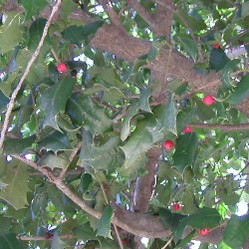The American Holly is a species of holly native to the southeastern U.S. It is a widely used landscape plant, both within and slightly beyond its native range. Although it is widely used, I think it is still under-utilized; some gardeners still plant non-native hollies, such as the English holly.
I hope this page will convince people living in the native range of this plant to plant it instead of non-native alternatives. I also provide a lot of considerations for planting this plant, that will help you to grow it most effectively if you do choose to grow it. Lastly, you'll find a few recommendations of other native holly species.
This page is oriented towards a North American audience, especially the Eastern U.S.










 The Shaming of Femininity and Elevation of Masculinityon 07/13/2017
The Shaming of Femininity and Elevation of Masculinityon 07/13/2017
 What is Genderqueer or Non-Binary Gender?on 10/16/2015
What is Genderqueer or Non-Binary Gender?on 10/16/2015
 Resources for Learning Spanish Free Onlineon 04/13/2016
Resources for Learning Spanish Free Onlineon 04/13/2016
 Ways Native Plants Can Help Control Invasive Plantson 05/26/2016
Ways Native Plants Can Help Control Invasive Plantson 05/26/2016


Comments
That's good to hear the Winterberry does well where you are, kimbesa! You're in Indiana?
You are in the mid hudson valley, jptanabe? I bet you could grow the American holly where you are. It just won't grow quite as big, but it would probably do fine if it's in a sheltered location. I've seen them grown successfully in Cleveland, which I think is much colder than where you live...but their its growth tends to be stunted, and I do think city heat and the sheltering effect of the lake does make it possible to grow some things in Cleveland that wouldn't grow in the rest of Ohio.
I live north of the range of this American holly, but thanks for the introduction! Maybe we can try the Winterberry instead.
We had Winterberry, and they did quite well with our cold and snowy winters.